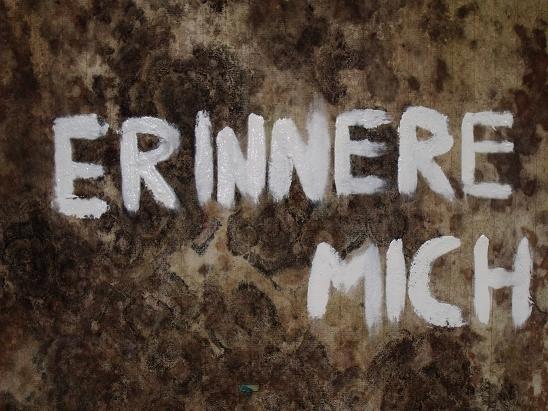 BENEATH THIS STONE RESTS THE BODYOF A BRITISH WARRIORUNKNOWN BY NAME OR RANKBROUGHT FROM FRANCE TO LIE AMONGTHE MOST ILLUSTRIOUS OF THE LANDAND BURIED HERE ON ARMISTICE DAY11 NOV: 1920, IN THE PRESENCE OFHIS MAJESTY KING GEORGE VHIS MINISTERS OF STATETHE CHIEFS OF HIS FORCESAND A VAST CONCOURSE OF THE NATION
BENEATH THIS STONE RESTS THE BODYOF A BRITISH WARRIORUNKNOWN BY NAME OR RANKBROUGHT FROM FRANCE TO LIE AMONGTHE MOST ILLUSTRIOUS OF THE LANDAND BURIED HERE ON ARMISTICE DAY11 NOV: 1920, IN THE PRESENCE OFHIS MAJESTY KING GEORGE VHIS MINISTERS OF STATETHE CHIEFS OF HIS FORCESAND A VAST CONCOURSE OF THE NATIONTHUS ARE COMMEMORATED THE MANYMULTITUDES WHO DURING THE GREATWAR OF 1914 - 1918 GAVE THE MOST THATMAN CAN GIVE LIFE ITSELFFOR GODFOR KING AND COUNTRYFOR LOVED ONES HOME AND EMPIREFOR THE SACRED CAUSE OF JUSTICE ANDTHE FREEDOM OF THE WORLD
THEY BURIED HIM AMONG THE KINGS BECAUSE HEHAD DONE GOOD TOWARD GOD AND TOWARDHIS HOUSE
Arrangements were placed in the hands of Lord Curzon of Kedleston who prepared in committee the service and location. Suitable remains were exhumed from various battlefields and brought to the chapel at Ste Pol near Arras, France on the night of 7 November 1920. Brigadier General L.J. Wyatt and Lieutenant Colonel E.A.S. Gell of the Directorate of Graves Registration and Enquiries went into the chapel alone. The remains were on stretchers each covered by Union Flags: the two officers did not know from which battlefield any individual body had come. General Wyatt with closed eyes rested his hand on one of the bodies. The two officers placed the body in a plain coffin and sealed it. The other bodies were then taken away for reburial.
One monument stands to honour every death which goes unhonoured.
I am not saying that monuments are a bad thing, but they assume often a singular amount of importance upon an individual, which, in matters of 'greatness' is not often so. One man cannot win a war, a poet can't ahcive sucess if poeple are not listening, a politician cannot attempt change if they've not the votes.

No comments:
Post a Comment